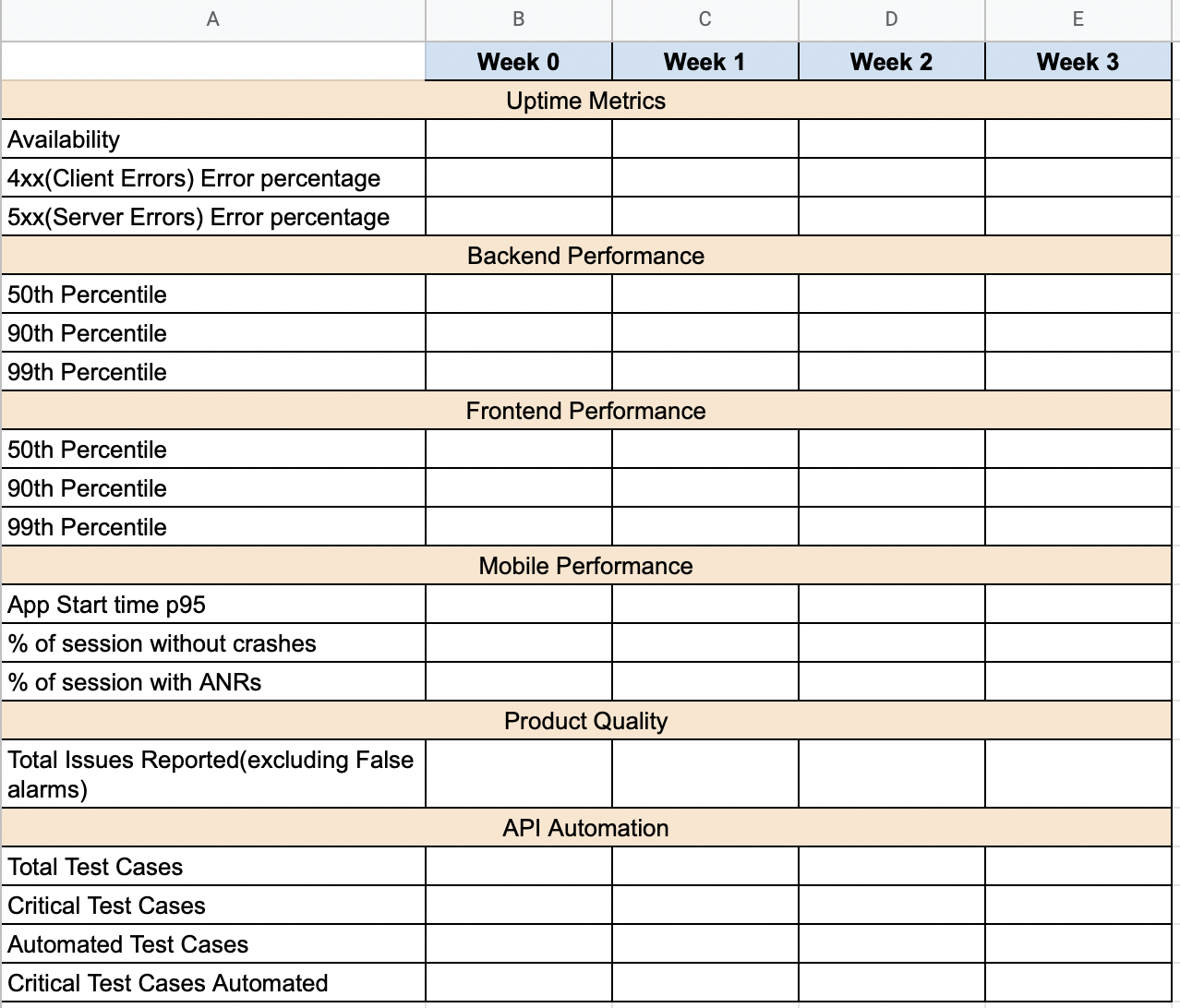My interest in coding began quite unexpectedly with a school prank, sparking a curiosity that has stayed with me ever since. I was in the company of friends who were also exploring coding from an early age. One day, the simple act of opening a music file sent by a friend caused my CD drive to act up, with a message flashing on the screen declaring, “Your system is hacked,” before everything went dark.
Curiosity led me to learn from my friend’s brother, an engineer, who introduced me to the basics. I found myself intrigued by touch typing and batch scripting, and even dual-booted my system with Linux. Cracking Wi-Fi passwords with Wiffy Script made me quite popular in school. By the 12th standard, I was determined to pursue Computer Science and Engineering in college.
Bitten by the entrepreneurial bug
In my first year of college, I connected with some seniors and began attending hackathons and tech meetups, which gave me insight into industry needs and motivated me to develop relevant skills.
Together with a group of five teammates, we faced our share of challenges, from initial losses to embarrassing presentations, but eventually, we started winning. Our victories brought not just new phones and cash prizes, but also the incredible opportunity to meet the President of India, Dr. Pranab Mukherjee.
Participating in hackathons became a weekend ritual throughout my college years, sharpening our problem-solving skills under tight deadlines. These events, along with stories of similar startups getting funded, boosted our confidence to start our own venture. We initiated several products during that time, only to shut them down later for various reasons. Many people say HBO’s Silicon Valley was not just a show but a documentary. Watching Silicon Valley then and analyzing it 12 years later, I couldn’t agree more. Its portrayal of the tech world had a profound effect on us, shaping our approach and understanding of the startup ecosystem.
Experiencing magic
I got my first opportunity to work as an intern at Zimply, a home decor e-commerce startup, when the company was just starting. The founders were recent graduates from IIT Roorkee, and the team comprised only 3 or 4 members. I worked very closely with the founders and CEO, Ishaan Bhola, who entrusted me with significant responsibility. This role allowed me to experience the process of building a product from scratch and witnessing its growth. While still in college, I joined the company as a full-time employee, attending classes in the morning and working at the office from 2 pm to 9 or 10 pm. Over that year, I saw the team expand from 4 or 5 members to 50 or 60, offering me a tremendous learning experience that greatly boosted my confidence.
Focus and preparation for the battle
I spent a lot of time on Quora, sometimes 5-6 hours a day. I discovered answers by Gaurav Munjal and began following him on Twitter. When he recommended “The Golden Tap” by Kashyap Deorah, my journey into reading business books began. I followed whoever Gaurav followed, immersing myself in tech Twitter and starting to recognize the movers and shakers of the industry along with their thought processes.
I also began receiving numerous book recommendations; over two years, I read around 30 business books before launching my startup.
It was clear in my mind that I wanted to start my own company. The only uncertain part was the timing.
Even while working as a software engineer, I never limited myself to one area. I spent most of my time as a backend engineer but also collaborated with the frontend/mobile teams for a few months. I had challenging discussions with my managers about my varied interests, but it was clear to me that having a broad understanding was crucial if I wanted to start and lead a team.
First Flight
Preparation for the startup is easy; you are very much in control of how hard you want to work/study. Starting up is a very different beast.
Naval once said -
"I can't watch Roger Federer play tennis and swing the racket the same way. Nor will any description from him on how to swing the racket get me to swing it the right way. At some level, the details are not transmissible and are not copyable."``
Now it’s not only about you. Although it’s tough, the most challenging part is not developing a product or developing business understanding because you control your time and effort. The hardest part is the number of things seeking your attention and running the day by a calendar. Just from the top of my head:
- Hiring
- Building Systems
- Personal Productivity
- Maintaining Relentlessness and Obsession
- Structured Learning
- Team management
- Stakeholder Management
- Strategy and Planning
- Execution
Raising Funds
Saksham and I started with our own money, but within six months, we realized we were not on the right path; the product we were building didn’t have a large market. Raising the seed round became relatively easy when we switched to game streaming. Initially, we received angel investment from top angels, who then introduced us to more investors. With Lightspeed and Surge agreeing, we closed our seed round (details will be part of another blog) of $2M within a month of starting.
Defining culture, setting expectations and company values
Building a great product starts with building a great team. And hiring great people is hard. Really hard. As a leader, you can become the bottleneck for the quality of people joining the team.
Again improving and working on yourself is easy. Andreessen Horowitz, in his book “The Hard Thing about Hard Things”, says - “The hard thing isn’t hiring great people. The hard thing is when those “great people” develop a sense of entitlement and start demanding unreasonable things.”
This was something I learned early on when we hired our first senior engineer. I used to report to him in a previous company, so when he came on board, it was like having Richard and Ethan from Silicon Valley in the mix. We accepted some of his initial demands, but they were never-ending. From increasing his salary in 3 months to knowing details of investor interactions - he wanted to know it all. I took a stand and soon after he and his other referrals left. It forced me to define the company values and communicate expectations upfront. It also made me think about our culture.
As a young founder, it can be really tough to retain people. You start questioning your abilities and go into a self-deprecating loop about what you could have done better. Reaching out to mentors or working with a leadership coach can help. But soon you realize that you need missionaries, not mercenaries. And you accept your limitations.
There’s a lot of knowledge on the internet but doing what works for you at the moment is probably the best. Avoiding conflict is not an option.
Going from 0-1 to 1-N and sorting internal visibility
As the team grows, you start losing overall visibility; it becomes impossible to meet each team member daily. In a fast-growing startup with multiple products, the dynamics change more quickly than anticipated. Initially, the focus is on execution speed with very short release cycles, and embracing chaos seems manageable; communication is straightforward. However, the lack of transparency becomes overwhelming when five leads/EMs manage teams of 8-10 members each, all working on different projects remotely. Standups are feasible, but personally checking in with 40 members to gauge their motivation and challenges is not.
I found the right balance: when you’re confident that the leader managing the team is even more committed to the team’s success than you are, it’s time to let them take the reins. Focus on reviewing agreed metrics and encourage other managers to do the same until everyone is aligned.
Expecting everyone to be comfortable with chaos is unreasonable. It’s essential to move towards establishing order and building processes that enhance overall efficiency. This might involve standardizing interview rounds, managing incidents, conducting regular one-on-ones, defining clear career paths, and possibly revisiting every initial decision, like deployment strategies, and focusing on writing only critical flow test cases for internal dashboards.
We came up with something like this for weekly metrics review:

Extending visibility and Building trust with the business teams
When you’re busy and someone reports a product issue, the business team may not understand the severity of the issue and might assume the worst. To build trust with the business team, here are two strategies that have helped me:
- When something goes wrong, a member of the tech team should announce it first in a public group.
- Additionally, we should write detailed Root Cause Analyses (RCAs) for SEV-1/SEV-2 issues. Define success metrics and report them weekly in the public group, such as uptime, tech tickets, etc.
Working with people with very different values
As you scale, you hire team members experienced in managing large systems, who may not be familiar with your journey. They often express concerns about ongoing chaos and compare it unfavorably to their previous organization’s clear six-month roadmaps and superior system and colleague quality. However, I’ve found there are fundamentally two types of people: energy-givers and energy-takers. Spending just half an hour with someone is enough to determine which category they fall into:
Energy givers make you feel motivated, inspired, and willing to exert extra effort. Energy-takers leave you feeling tired, drained, and demotivated, ultimately bringing you down. Therefore, when hiring new team members, prioritize energy-givers. They might lack experience with large systems, but their positivity and enthusiasm for the journey ahead are invaluable.
Internal Struggle
You haven’t coded much in the last six months and feel out of touch. You begin reading Hacker News daily and experimenting with the latest advancements, you experience serious FOMO. Encountering a friend who’s actively building in this space, you decide to invest in their startup, yearning for the early days of hands-on creation.
Amidst this internal struggle, realizing that you’re not growing but merely managing, it’s crucial to acknowledge and make time for what you truly love.
